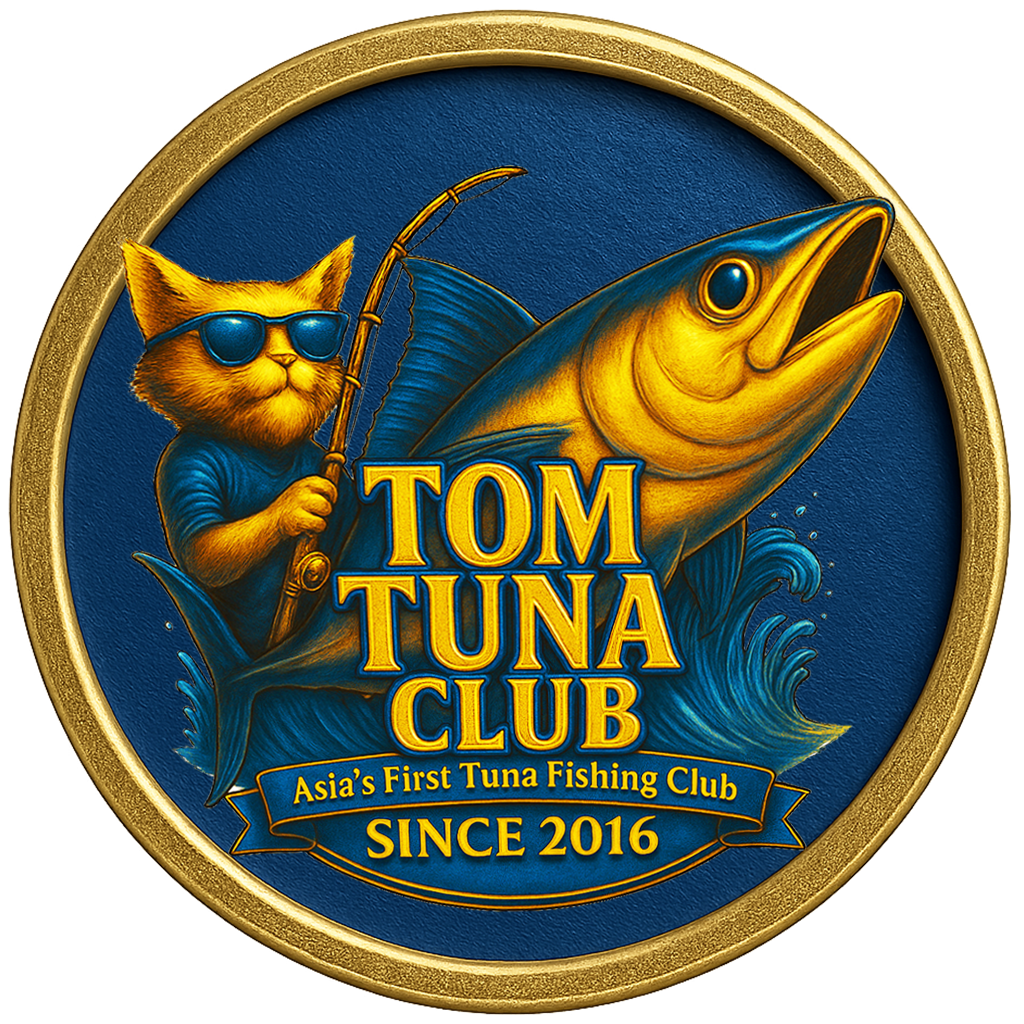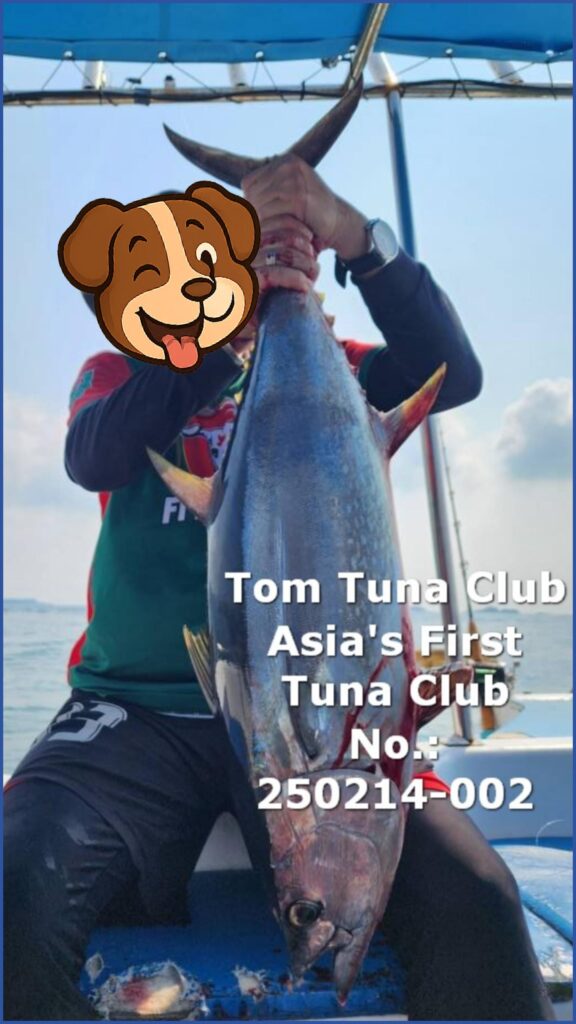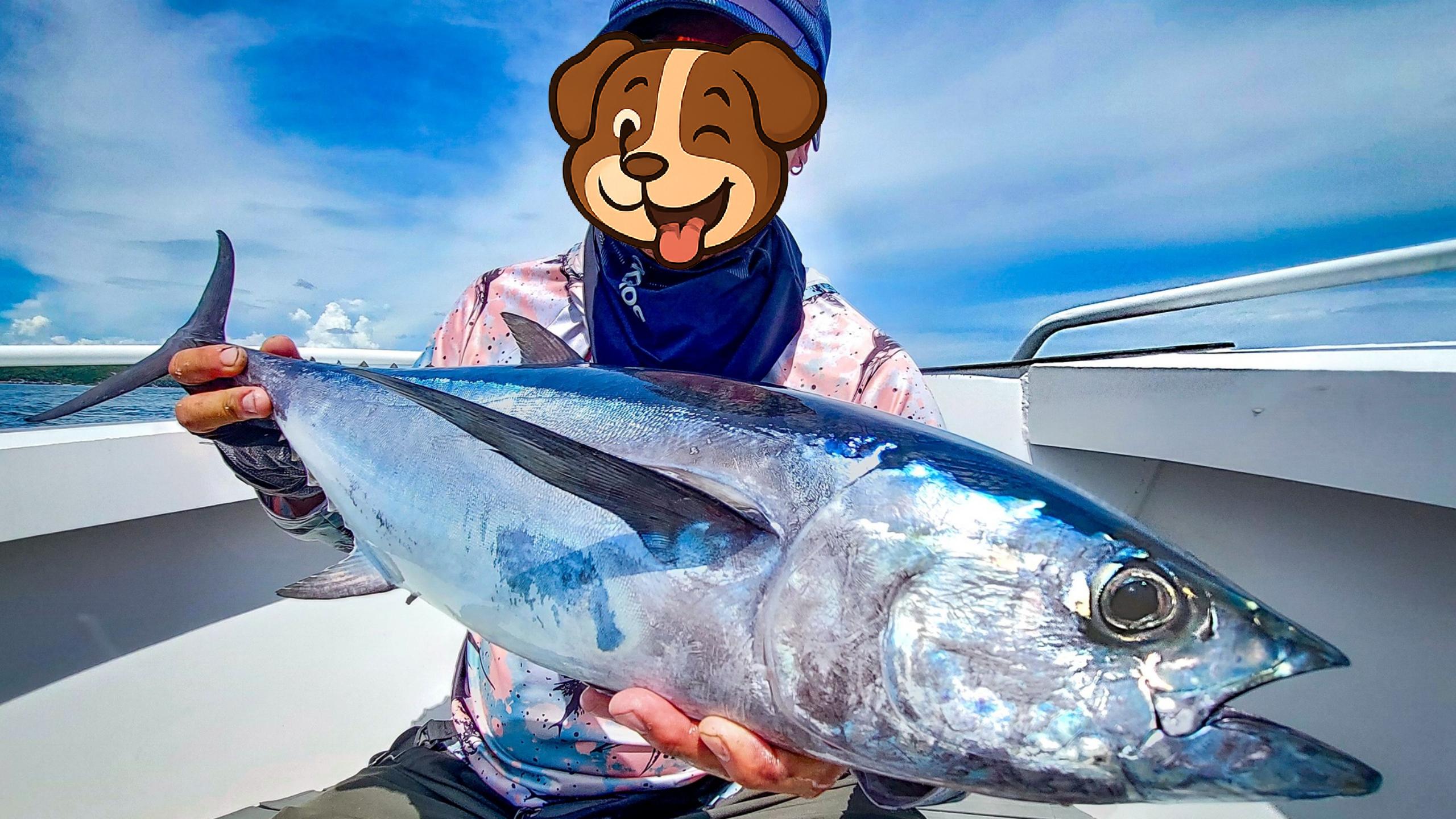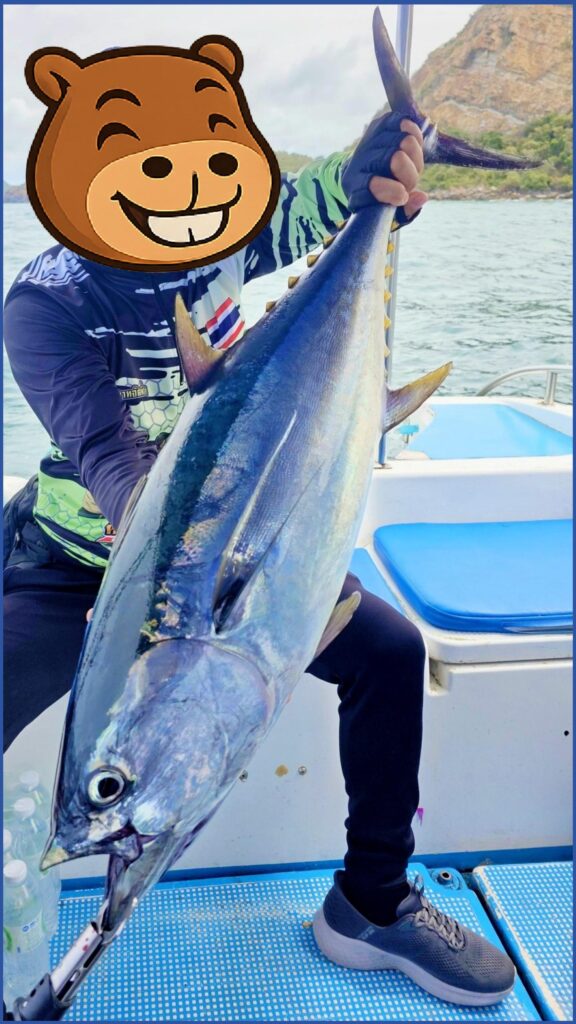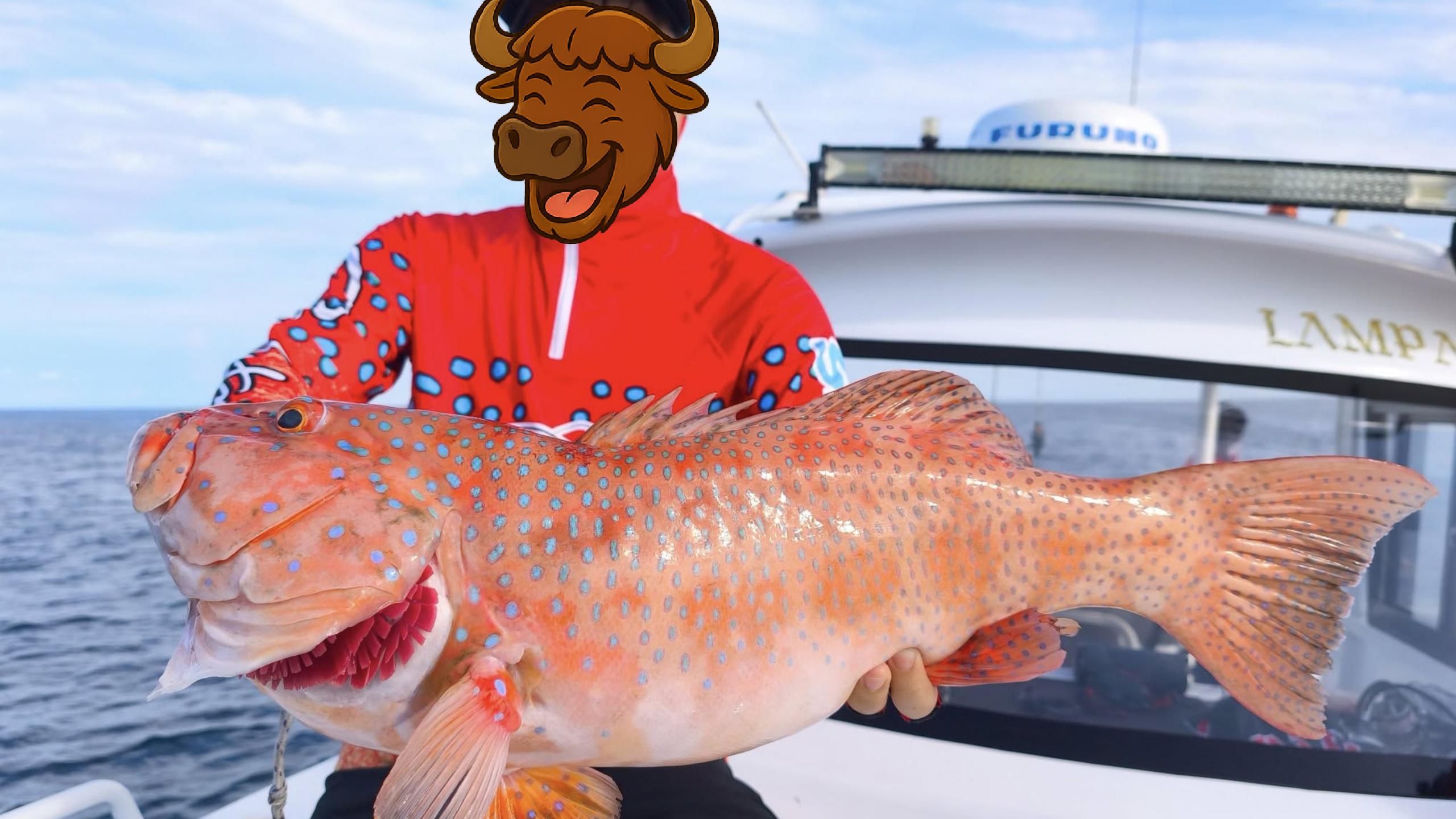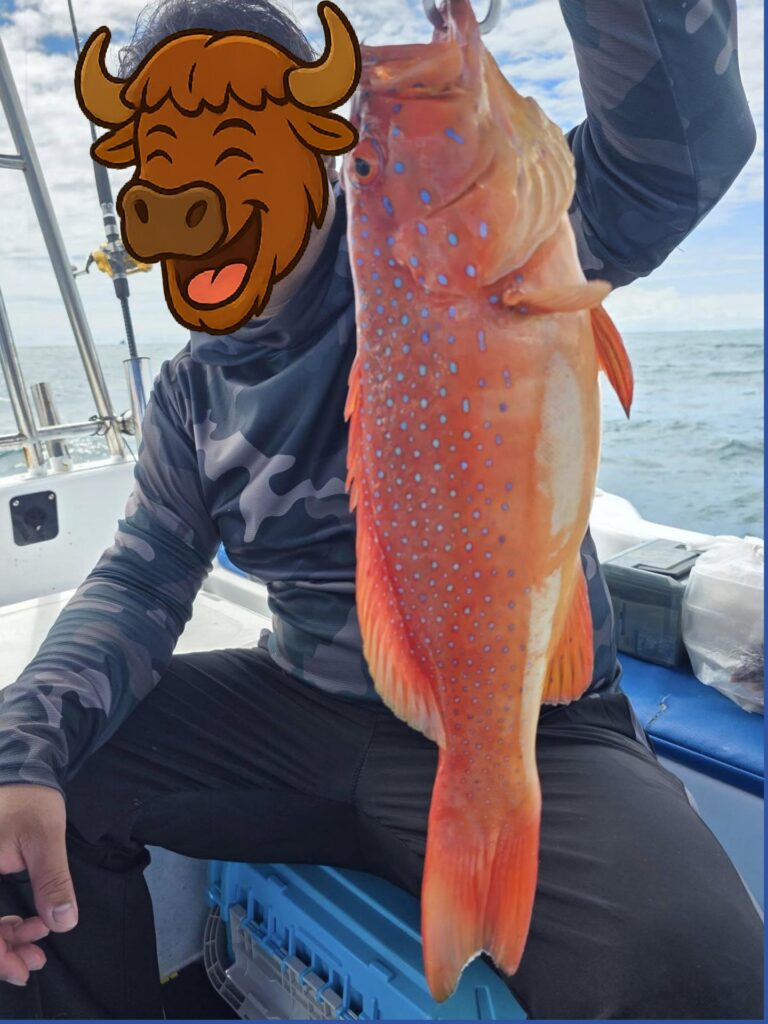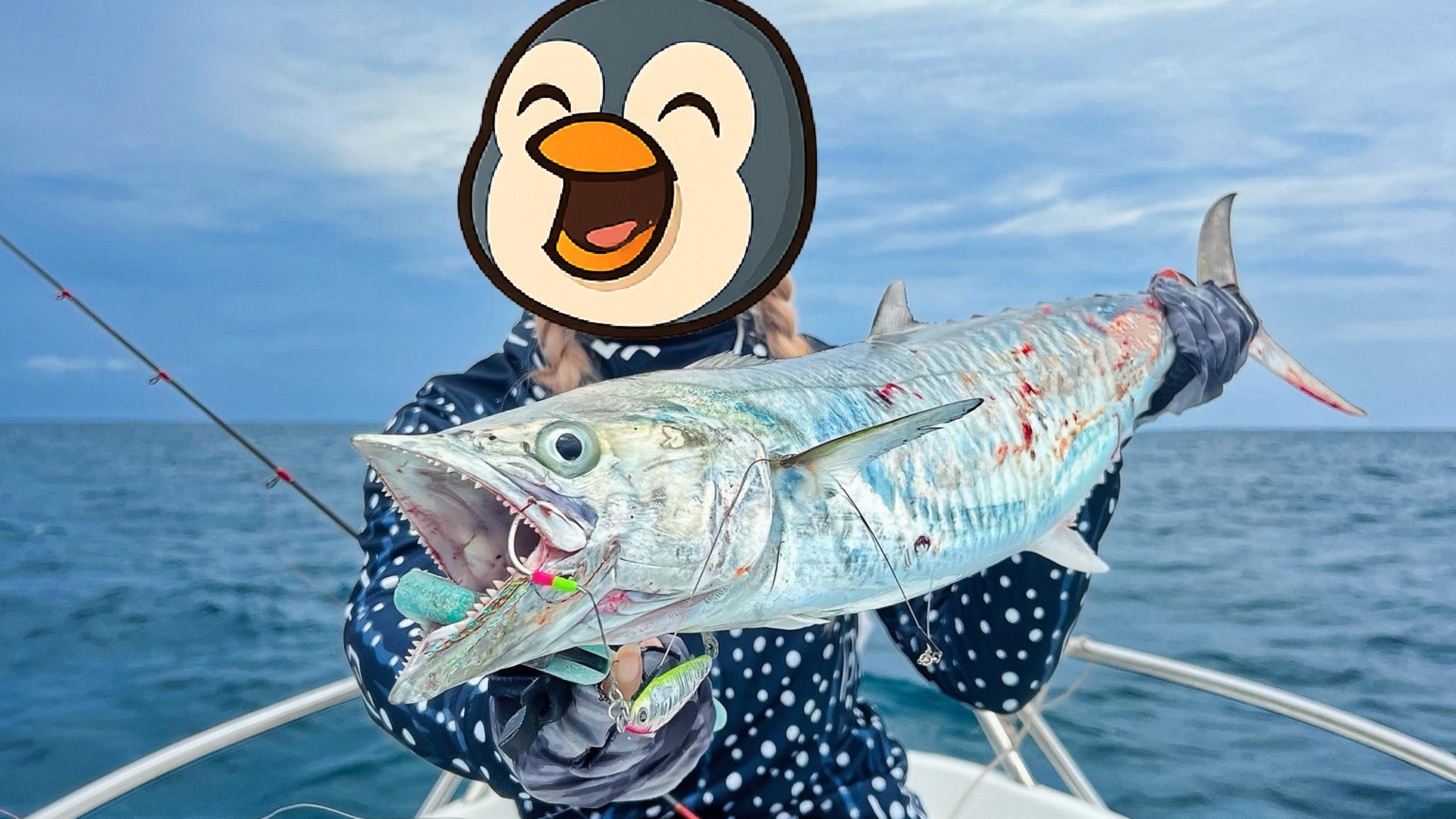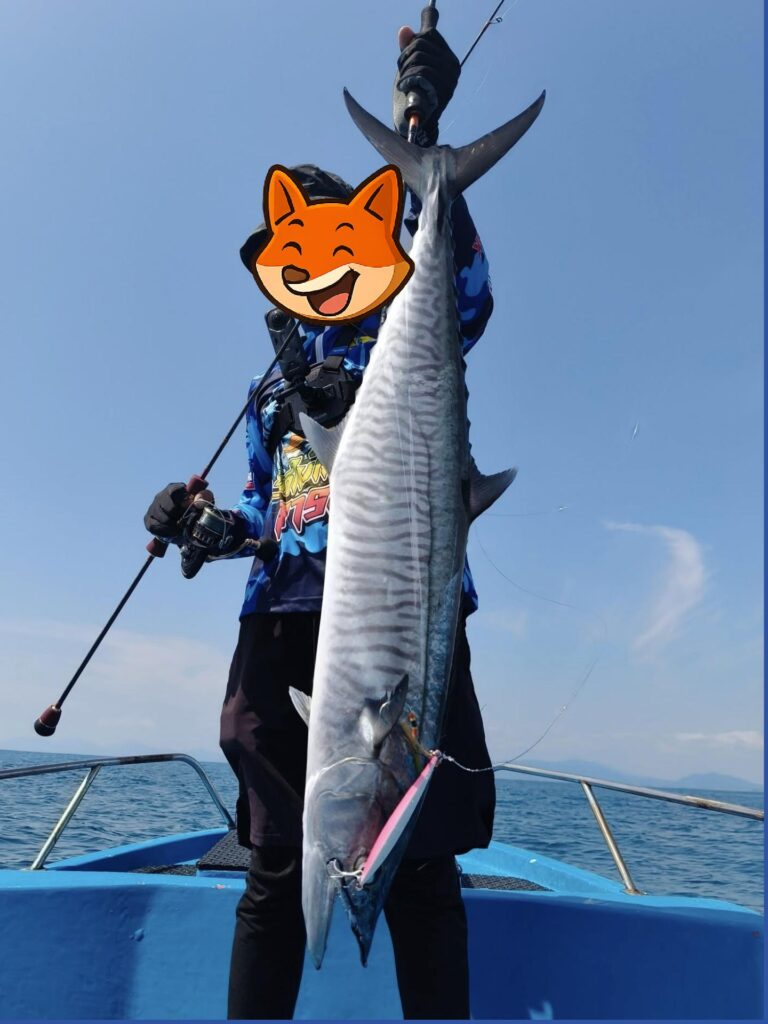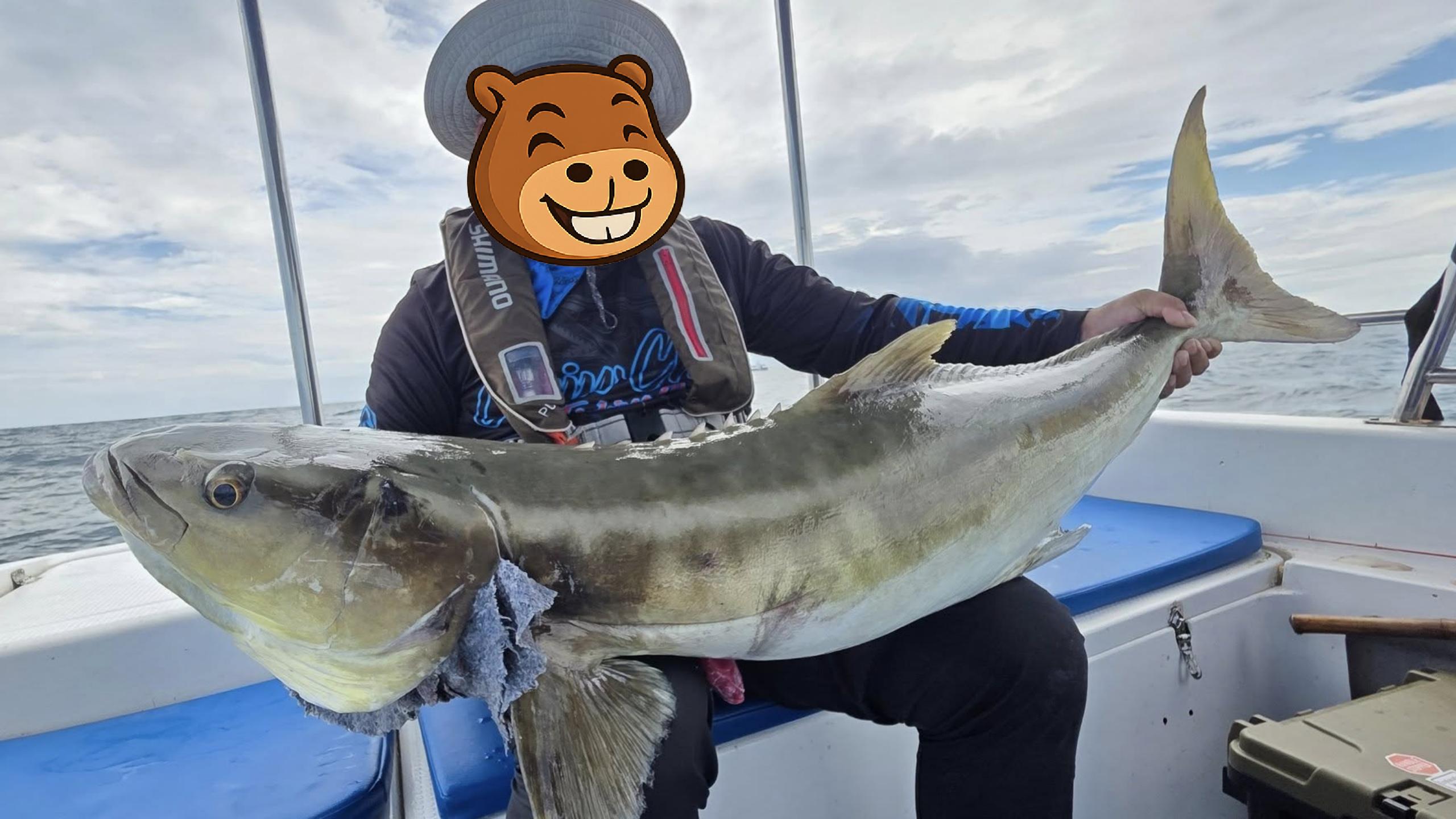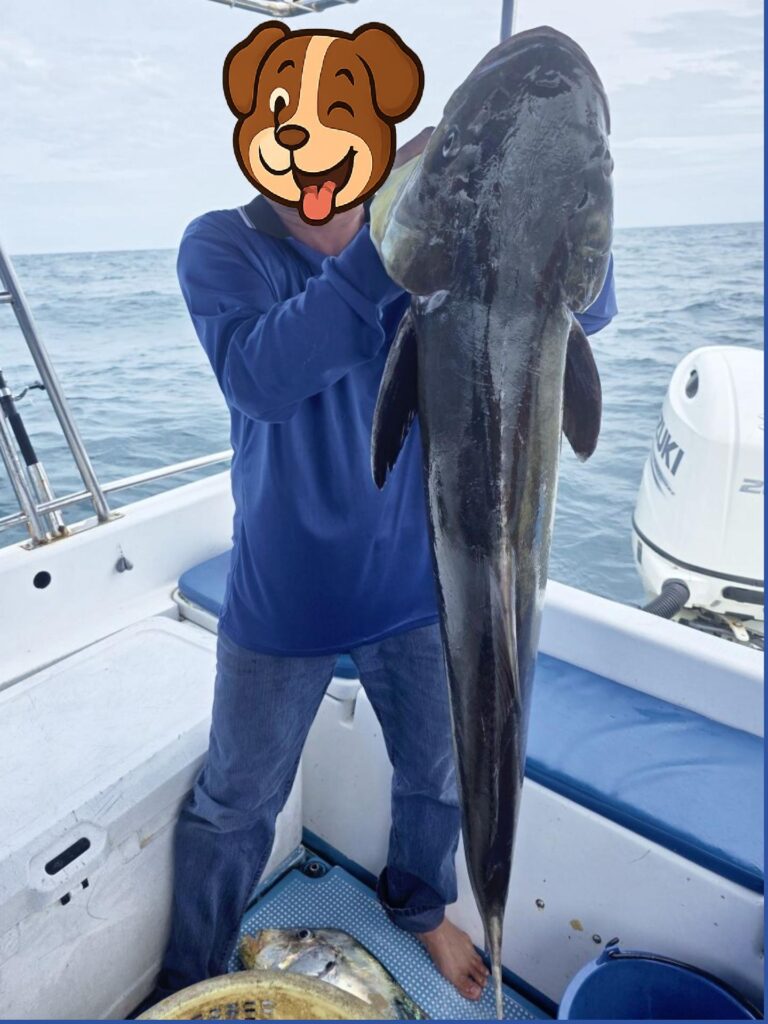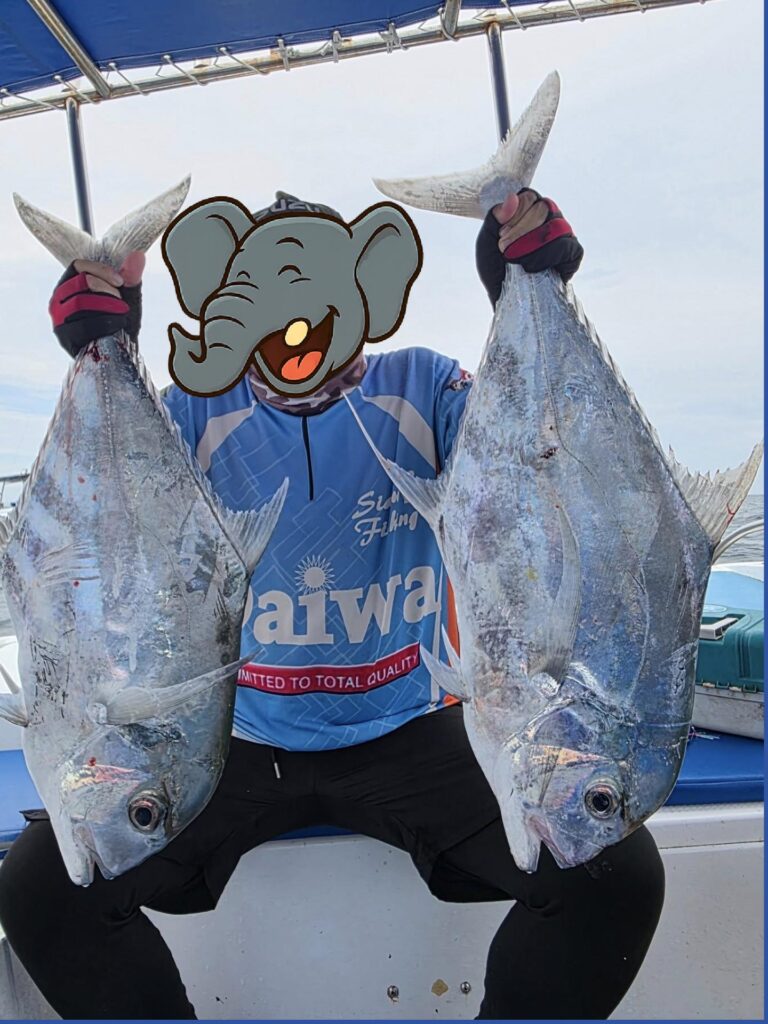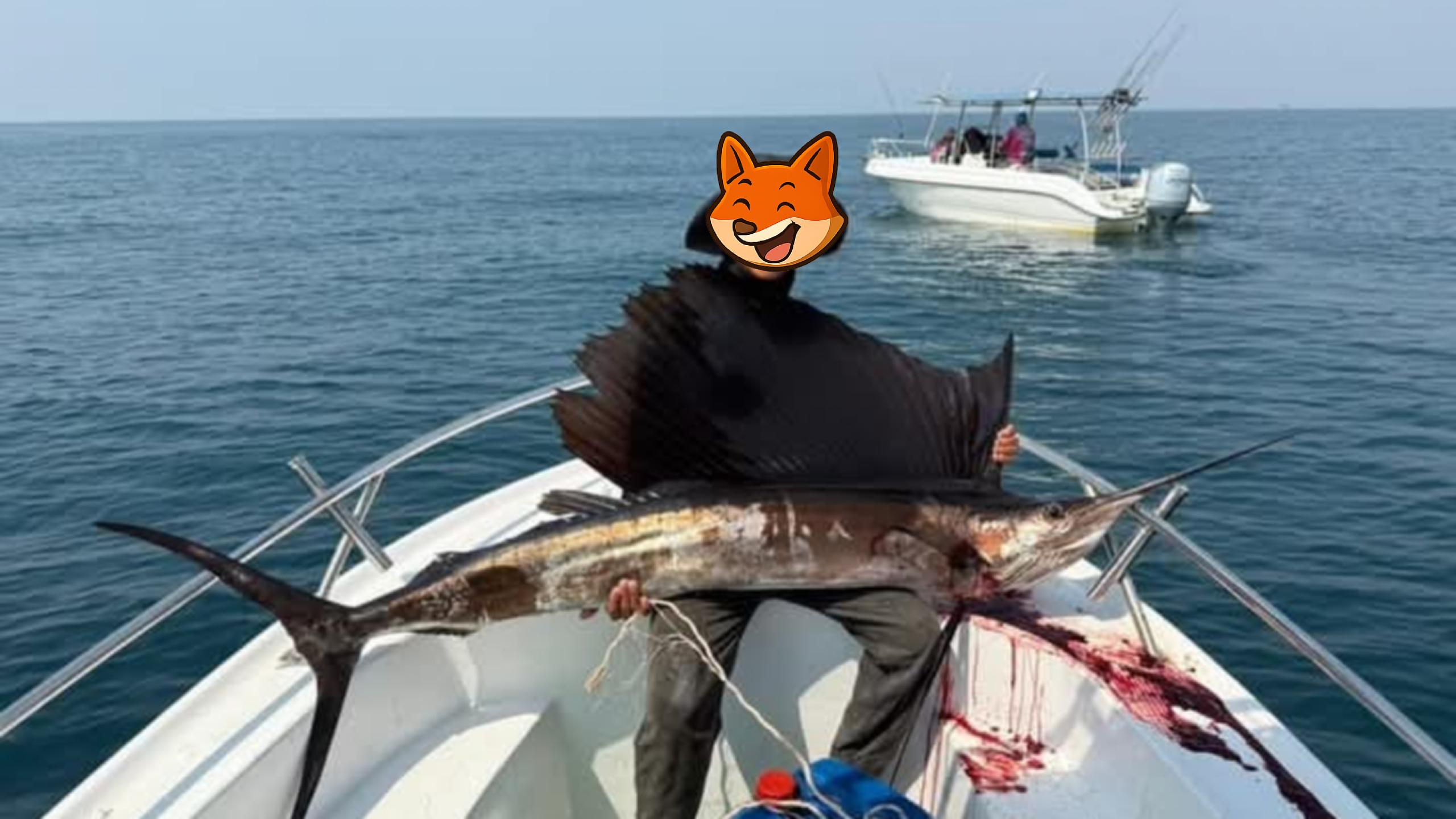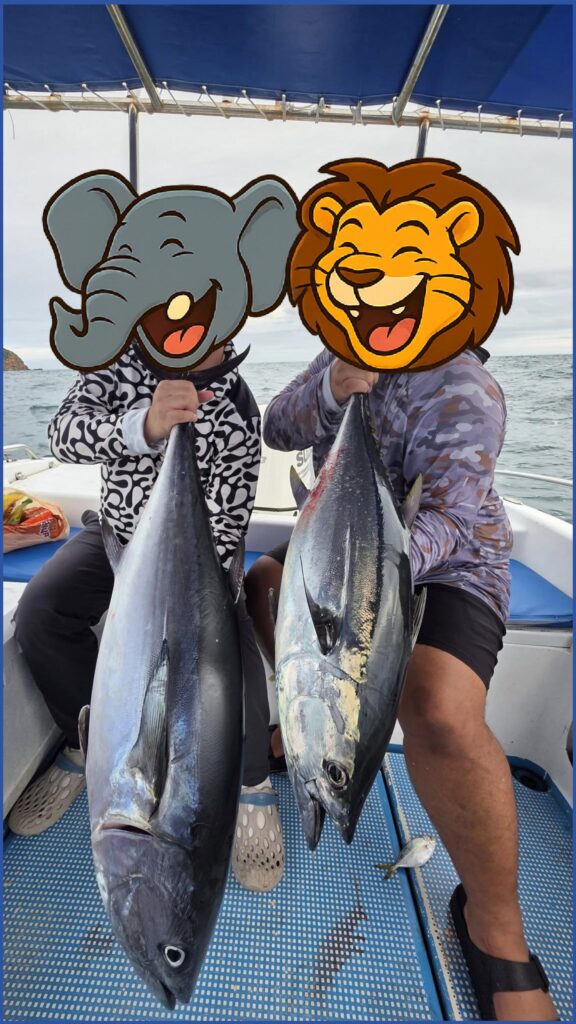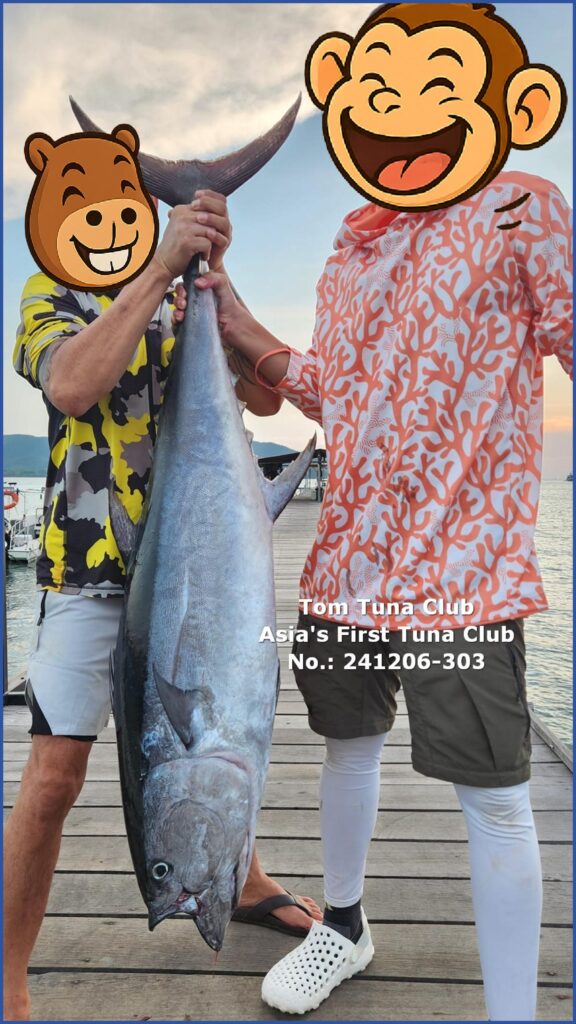
Wind, Waves & Weather – Reading the Sea Before You Go
Every successful fishing trip begins long before you step on the boat — it starts with reading the sea. In Pattaya and Crystal Bay, weather and wind patterns play a crucial role in deciding not only safety but also your chances of a good catch.
The Gulf of Thailand has two dominant wind systems. From November to April, the northeast monsoon brings calm seas, clear skies, and perfect fishing conditions. These are the months when most tuna and mackerel activity peaks. From May to October, the southwest monsoon arrives with stronger winds and scattered showers, though mornings can still offer calm windows for short trips or squid fishing.
Experienced captains watch three things: wind direction, swell height, and current strength. A light east wind below 10 knots usually means smooth sailing; anything over 20 knots can make trolling challenging.
Weather apps and tide charts help, but nothing beats local experience. Crystal Bay’s captains know how to “read” the color of the water, the shape of the clouds, and even the behavior of seabirds to predict fish movement.
For anglers, understanding weather is not just safety — it’s strategy. Calm water means steady trolling; moderate waves stir baitfish and attract predators. The sea is alive, and learning to listen to its rhythm turns every trip into a conversation rather than a challenge.
